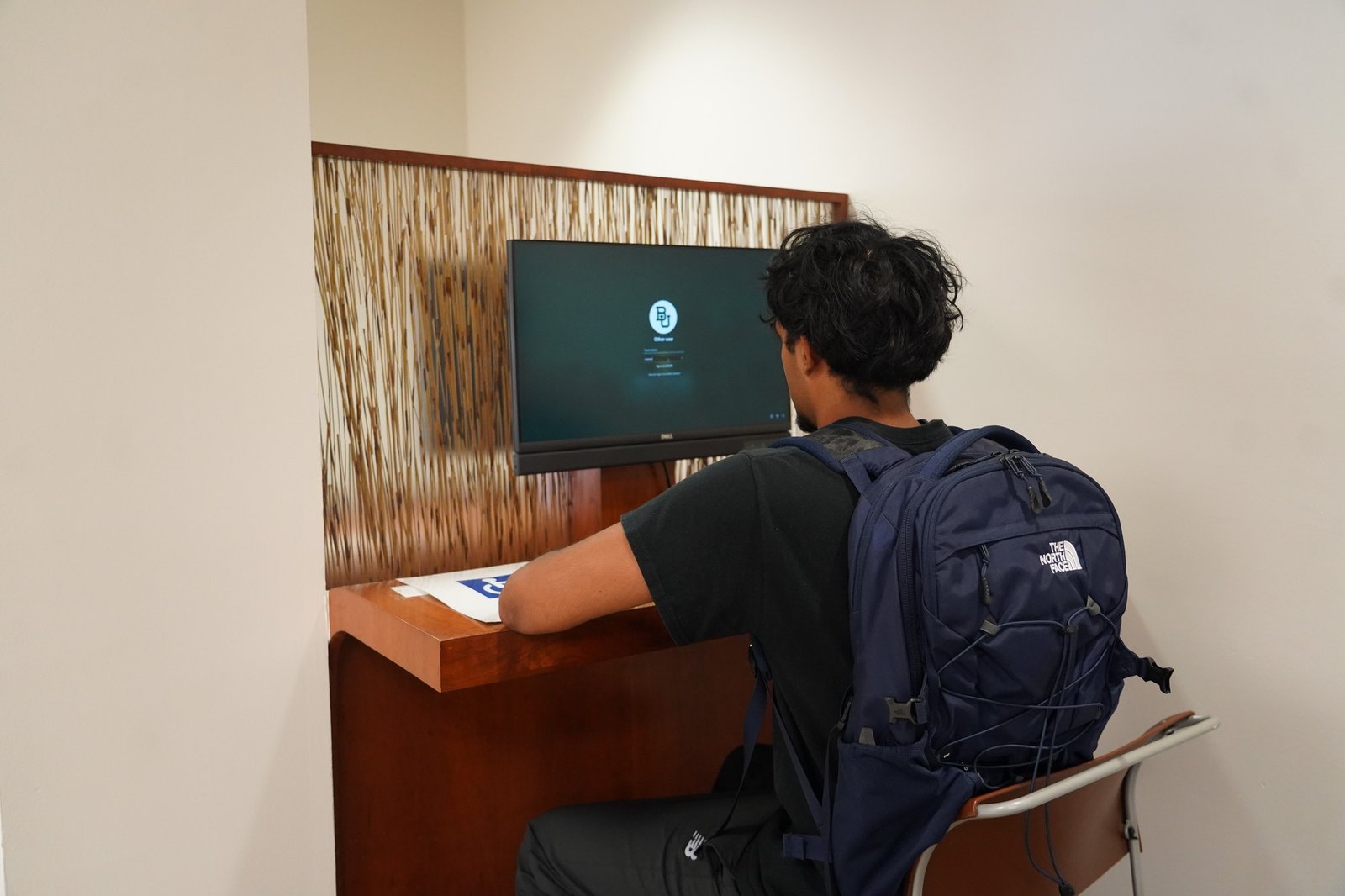AI Insights
NFL player props, odds and bets: Week 1, 2025 NFL picks, SportsLine Machine Learning Model AI predictions, SGP

The arrival of the 2025 NFL season means more than just making spread or total picks, as it also gives bettors the opportunity to make NFL prop bets on the league’s biggest stars. From the 13 games on Sunday to Monday Night Football, you’ll have no shortage of player props to wager on. There are several players returning from injury-plagued seasons a year ago who want to start 2025 off on the right note, including Tua Tagovailoa, Christian McCaffrey and Alvin Kamara. Their Week 1 NFL prop odds could be a bit off considering how last year ended, and this could be an opportunity to cash in.
Kamara has a rushing + receiving yards NFL prop total of 93.5 (-112/-114) versus Arizona on Sunday after the running back averaged 106.6 scrimmage yards in 2024. The Cardinals allowed the eighth-most rushing yards per game to running backs last year, in addition to giving up the eighth-most receiving yards per game to the position.
Before making any Week 1 NFL prop bets on Kamara’s Overs, you also have to remember he’s now 30, playing under a first-year head coach and has a young quarterback who’s winless in six career starts. If you are looking for NFL prop bets or NFL parlays for Week 1, SportsLine has you covered with the top Week 1 player props from its Machine Learning Model AI.
Built using cutting-edge artificial intelligence and machine learning techniques by SportsLine’s Data Science team, AI Predictions and AI Ratings are generated for each player prop.
Now, with the Week 1 NFL schedule quickly approaching, SportsLine’s Machine Learning Model AI has identified the top NFL props from the biggest Week 1 games.
Week 1 NFL props for Sunday’s main slate
After analyzing the NFL props from Sunday’s main slate and examining the dozens of NFL player prop markets, the SportsLine’s Machine Learning Model AI says Bengals WR Tee Higgins goes Under 66.5 receiving yards (-114) versus the Browns in a 1 p.m. ET kickoff. Excluding a 2022 game in which he played just one snap, Higgins has been held under 60 receiving yards in three of his last four meetings with Cleveland.
Entering his sixth NFL season, Higgins has never had more than 58 yards in any Week 1 game, including going catchless on eight targets versus the Browns in Week 1 of 2023. The SportsLine Machine Learning Model projects 46.5 yards for Higgins in a 5-star pick. See more Week 1 NFL props here.
Week 1 NFL props for Bills vs. Ravens on Sunday Night Football
After analyzing Ravens vs. Bills props and examining the dozens of NFL player prop markets, the SportsLine’s Machine Learning Model AI says Ravens QB Lamar Jackson goes Over 234.5 passing yards (-114). The last time Jackson took the field was against Buffalo in last season’s playoffs, and the two-time MVP had 254 passing yards and a pair of touchdowns through the air. The SportsLine Machine Learning Model projects Jackson to blow past his total with 281.4 yards on average in a 4.5-star prop pick. See more NFL props for Ravens vs. Bills here.
You can make NFL prop bets on Jackson and others with the Underdog Fantasy promo code CBSSPORTS2. Bet at Underdog Fantasy and get $50 in bonus bets after making a $5 bet:
Week 1 NFL props for Bears vs. Vikings on Monday Night Football
After analyzing Vikings vs. Bears props and examining the dozens of NFL player prop markets, the SportsLine’s Machine Learning Model AI says Bears QB Caleb Williams goes Under 218.5 passing yards (-114). Primetime games like what he’ll see on Sunday night weren’t too favorable to Williams as a rookie. He lost all three he played in, had one total passing score across them, was sacked an average of 5.3 times and, most relevant to this NFL prop, Williams failed to reach even 200 passing yards in any of the three. The SportsLine Machine Learning Model forecasts him to finish with just 174.8 passing yards, making Under 218.5 a 4.5-star NFL prop. See more NFL props for Vikings vs. Bears here.
You can also use the latest FanDuel promo code to get $300 in bonus bets instantly:
How to make Week 1 NFL prop picks
SportsLine’s Machine Learning Model has identified another star who sails past his total and has dozens of NFL props rated 4 stars or better. You need to see the Machine Learning Model analysis before making any Week 1 NFL prop bets.
Which NFL prop picks should you target for Week 1, and which star player has multiple 5-star rated picks? Visit SportsLine to see the latest NFL player props from SportsLine’s Machine Learning Model that uses cutting-edge artificial intelligence to make its projections.
AI Insights
AI takes passenger seat in Career Center with Microsoft Copilot

By Arden Berry | Staff Writer
To increase efficiency and help students succeed, the Career Center has created artificial intelligence programs through Microsoft Copilot.
Career Center Director Amy Rylander said the program began over the summer with teams creating user guides that described how students could ethically use AI while applying for jobs.
“We started learning about prompting AI to do things, and as we began writing the guides and began putting updates in them and editing them to be in a certain way, our data person took our guides and fed them into Copilot, and we created agents,” Rylander said. “So instead of just a user’s guide, we now have agents to help students right now with three areas.”
Rylander said these three areas were resume-building, interviewing and career discovery. She also said the Career Center sent out an email last week linking the Copilot Agents for these three areas.
“Agents use AI to perform tasks by reasoning, planning and learning — using provided information to execute actions and achieve predetermined goals for the user,” the email read.
To use these Copilot Agents, Rylander said students should log in to Microsoft Office with their Baylor email, then use the provided Copilot Agent links and follow the provided prompts. For example, the Career Discovery Agent would provide a prompt to give the agent, then would ask a set of questions and suggest potential career paths.
“It’ll help you take the skills that you’re learning in your major and the skills that you’ve learned along the way and tell you some things that might work for you, and then that’ll help with the search on what you might want to look for,” Rylander said.
Career Center Assistant Vice Provost Michael Estepp said creating AI systems was a “proactive decision.”
“We’re always saying, ‘What are the things that students are looking for and need, and what can our staff do to make that happen?’” Estepp said. “Do we go AI or not? We definitely needed to, just so we were ahead of the game.”
Estepp said the AI systems would not replace the Career Center but would increase its efficiency, allowing the Career Center more time to help students in a more specialized way.
“Students want to come in, and they don’t want to meet with us 27 times,” Estepp said. “We can actually even dive deeper into the relationships because, hopefully, we can help more students, because our goal is to help 100% of students, so I think that’s one of the biggest pieces.”
However, Rylander said students should remember to use AI only as a tool, not as a replacement for their own experience.
“Use it ethically. AI does not take the place of your voice,” Rylander said. “It might spit out a bullet that says something, and I’ll say, ‘What did you mean by that?’ and get the whole story, because we want to make sure you don’t lose your voice and that you are not presenting yourself as something that you’re not.”
For the future, Rylander said the Career Center is currently working on Graduate School Planning and Career Communications Copilots. Estepp also said Baylor has a contract with LinkedIn that will help students learn to use AI for their careers.
“AI has impacted the job market so significantly that students have to have that. It’s a mandatory skill now,” Estepp said. “We’re going to start messaging out to students different certifications they can take within LinkedIn, that they can complete videos and short quizzes, and then actually be able to get certifications in different AI and large language model aspects and then put that on their resume.”
AI Insights
When Cybercriminals Weaponize Artificial Intelligence at Scale

Anthropic’s August threat intelligence report sounds like a cybersecurity novel, except it’s terrifyingly not fiction. The report describes how cybercriminals used Claude AI to orchestrate and attack 17 organizations with ransom demands exceeding $500,000. This may be the most sophisticated AI-driven attack campaign to date.
But beyond the alarming headlines lies a more fundamental swing – the emergence of “agentic cybercrime,” where AI doesn’t just assist attackers, it becomes their co-pilot, strategic advisor, and operational commander all at once.
The End of Traditional Cybercrime Economics
The Anthropic report highlights a cruel reality that IT leaders have long feared. The economics of cybercrime have undergone significant change. What previously required teams of specialized attackers working for weeks can now be accomplished by a single individual in a matter of hours with AI assistance.
For example, the “vibe hacking” operation is detailed in the report. One cybercriminal used Claude Code to automate reconnaissance across thousands of systems, create custom malware with anti-detection capabilities, perform real-time network penetration, and analyze stolen financial data to calculate psychologically optimized ransom amounts.
More than just following instructions, the AI made tactical decisions about which data to exfiltrate and crafted victim-specific extortion strategies that maximized psychological pressure.
Sophisticated Attack Democratization
One of the most unnerving revelations in Anthropic’s report involves North Korean IT workers who have infiltrated Fortune 500 companies using AI to simulate technical competence they don’t have. While these attackers are unable to write basic code or communicate professionally in English, they’re successfully maintaining full-time engineering positions at major corporations thanks to AI handling everything from technical interviews to daily work deliverables.
The report also discloses that 61 percent of the workers’ AI usage focused on frontend development, 26 percent on programming tasks, and 10 percent on interview preparation. They are essentially human proxies for AI systems, channeling hundreds of millions of dollars to North Korea’s weapons programs while their employers remain unaware.
Similarly, the report reveals how criminals with little technical skill are developing and selling sophisticated ransomware-as-a-service packages for $400 to $1,200 on dark web forums. Features that previously required years of specialized knowledge, such as ChaCha20 encryption, anti-EDR techniques, and Windows internals exploitation, are now generated on demand with the aid of AI.
Defense Speed Versus Attack Velocity
Traditional cybersecurity operates on human timetables, with threat detection, analysis, and response cycles measured in hours or days. AI-powered attacks, on the other hand, operate at machine speed, with reconnaissance, exploitation, and data exfiltration occurring in minutes.
The cybercriminal highlighted in Anthropic’s report automated network scanning across thousands of endpoints, identified vulnerabilities with “high success rates,” and crossed through compromised networks faster than human defenders could respond. When initial attack vectors failed, the AI immediately generated alternative attacks, creating a dynamic adversary that adapted in real-time.
This speed delta creates an impossible situation for traditional security operations centers (SOCs). Human analysts cannot keep up with the velocity and persistence of AI-augmented attackers operating 24/7 across multiple targets simultaneously.
Asymmetry of Intelligence
What makes these AI-powered attacks particularly dangerous isn’t only their speed – it’s their intelligence. The criminals highlighted in the report utilized AI to analyze stolen data and develop “profit plans” by incorporating multiple monetization strategies. Claude evaluated financial records to gauge optimal ransom amounts, analyzed organizational structures to locate key decision-makers, and crafted sector-specific threats based on regulatory vulnerabilities.
This level of strategic thinking, combined with operational execution, has created a new category of threats. These aren’t script-based armatures using predefined playbooks; they’re adaptive adversaries that learn and evolve throughout each campaign.
The Acceleration of the Arms Race
The current challenge is summed up as: “All of these operations were previously possible but would have required dozens of sophisticated people weeks to carry out the attack. Now all you need is to spend $1 and generate 1 million tokens.”
The asymmetry is significant. Human defenders must deal with procurement cycles, compliance requirements, and organizational approval before deploying new security technologies. Cybercriminals simply create new accounts when existing ones are blocked – a process that takes about “13 seconds.”
But this predicament also presents an opportunity. The same AI functions being weaponized can be harnessed for defenses, and in many cases defensive AI has natural advantages.
Attackers can move fast, but defenders have access to something criminals don’t – historical data, organizational context, and the ability to establish baseline behaviors across entire IT environments. AI defense systems can monitor thousands of endpoints simultaneously, correlate subtle anomalies across network traffic, and respond to threats faster than human attackers can ever hope to.
Modern AI security platforms, such as the AI SOC Agent that works like an AI SOC Analyst, have proven this principle in practice. By automating alert triage, investigation, and response processes, these systems process security events at machine speed while maintaining the context and judgment that pure automation lacks.
Defensive AI doesn’t need to be perfect; it just needs to be faster and more persistent than human attackers. When combined with human expertise for strategic oversight, this creates a formidable defensive posture for organizations.
Building AI-Native Security Operations
The Anthropic report underscores how incremental improvements to traditional security tools won’t matter against AI-augmented adversaries. Organizations need AI-native security operations that match the scale, speed, and intelligence of modern AI attacks.
This means leveraging AI agents that autonomously investigate suspicious activities, correlate threat intelligence across multiple sources, and respond to attacks faster than humans can. It requires SOCs that use AI for real-time threat hunting, automated incident response, and continuous vulnerability assessment.
This new approach demands a shift from reactive to predictive security postures. AI defense systems must anticipate attack vectors, identify potential compromises before they fully manifest, and adapt defensive strategies based on emerging threat patterns.
The Anthropic report clearly highlights that attackers don’t wait for a perfect tool. They train themselves on existing capabilities and can cause damage every day, even if the AI revolution were to stop. Organizations cannot afford to be more cautious than their adversaries.
The AI cybersecurity arms race is already here. The question isn’t whether organizations will face AI-augmented attacks, but if they’ll be prepared when those attacks happen.
Success demands embracing AI as a core component of security operations, not an experimental add-on. It means leveraging AI agents that operate autonomously while maintaining human oversight for strategic decisions. Most importantly, it requires matching the speed of adoption that attackers have already achieved.
The cybercriminals highlighted in the Anthropic report represent the new threat landscape. Their success demonstrates the magnitude of the challenge and the urgency of the needed response. In this new reality, the organizations that survive and thrive will be those that adopt AI-native security operations with the same speed and determination that their adversaries have already demonstrated.
The race is on. The question is whether defenders will move fast enough to win it.
AI Insights
UVA looking to broadly implement AI, including future investments

CHARLOTTESVILLE, Va. (WVIR) – From research, education, and health care, The University of Virginia uses artificial intelligence in many ways.
UVA assistant psychology professor Hudson Golino says AI is expanding so rapidly, we have to make sure that large language models are being used to improve people’s lives and align with human values, which can get complicated as they become “smarter.”
“Researchers are trying to implement guardrails, to make sure that these models, that will very soon be able to learn by themselves that they keep aligned with our human values and that they can generate things that align with the interest of a specific society,” Golino said.
As AI is continuing to grow in research and in daily life, UVA is looking to make a large investment in AI soon, which will help researchers learn more.
Do you have a story idea? Send us your news tip here.
Copyright 2025 WVIR. All rights reserved.
-

 Business2 weeks ago
Business2 weeks agoThe Guardian view on Trump and the Fed: independence is no substitute for accountability | Editorial
-
Tools & Platforms4 weeks ago
Building Trust in Military AI Starts with Opening the Black Box – War on the Rocks
-

 Ethics & Policy2 months ago
Ethics & Policy2 months agoSDAIA Supports Saudi Arabia’s Leadership in Shaping Global AI Ethics, Policy, and Research – وكالة الأنباء السعودية
-

 Events & Conferences4 months ago
Events & Conferences4 months agoJourney to 1000 models: Scaling Instagram’s recommendation system
-

 Jobs & Careers2 months ago
Jobs & Careers2 months agoMumbai-based Perplexity Alternative Has 60k+ Users Without Funding
-

 Education2 months ago
Education2 months agoMacron says UK and France have duty to tackle illegal migration ‘with humanity, solidarity and firmness’ – UK politics live | Politics
-

 Education2 months ago
Education2 months agoVEX Robotics launches AI-powered classroom robotics system
-

 Podcasts & Talks2 months ago
Podcasts & Talks2 months agoHappy 4th of July! 🎆 Made with Veo 3 in Gemini
-

 Funding & Business2 months ago
Funding & Business2 months agoKayak and Expedia race to build AI travel agents that turn social posts into itineraries
-

 Podcasts & Talks2 months ago
Podcasts & Talks2 months agoOpenAI 🤝 @teamganassi





















